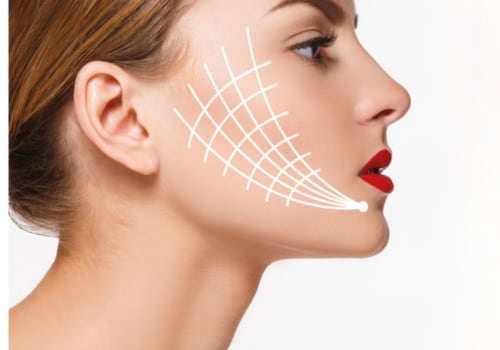A thread lift procedure typically takes between 30 and 45 minutes, with little to no downtime. Patients can expect to experience mild tenderness, swelling and bruising that should go away after a day or two. NovaThreads, which are sutures made of biocompatible material called PDO, stay in place for about four to six months before they dissolve. However, the results of the thread lift can last up to a year or more due to the persistent improvement in the condition of the skin from the infusion of collagen.
Compared to other injectable cosmetic treatments, thread lifts stand out for their long-lasting results, usually lasting 18 months or more. The ideal candidate for a thread lift is usually between the ages of 30 and 50, while most patients over the age of 55 will benefit most profoundly from facelift surgery. A specially designed fine needle is used to insert the threads into the skin, which minimizes discomfort. This allows the threads to gather more skin, producing a more noticeable lift of the cheeks and double chin.
When the threads are placed under the skin, the body sees it as an “injury”, which starts its natural healing process. If done correctly, thread lifts can tighten and lift the face while promoting the regeneration of natural collagen. The cost of a thread lift is usually 40 percent less than that of a traditional facelift. After treatment, healthcare professionals will discuss ways to prolong the results of your thread lift so that you feel confident and satisfied after leaving the clinic.
Ultherapy is often referred to as a non-surgical facelift and is safe enough to be applied to virtually any area of the face and neck. Thread lifts are considered low-risk procedures with minimal recovery time, but there are side effects and risk of complications. PDO threads are properly aligned, tightened, trimmed and secured, giving your skin a subtle but visible boost. The laying of threads below the surface of the skin should only be done at the depth recommended by a qualified healthcare professional.




